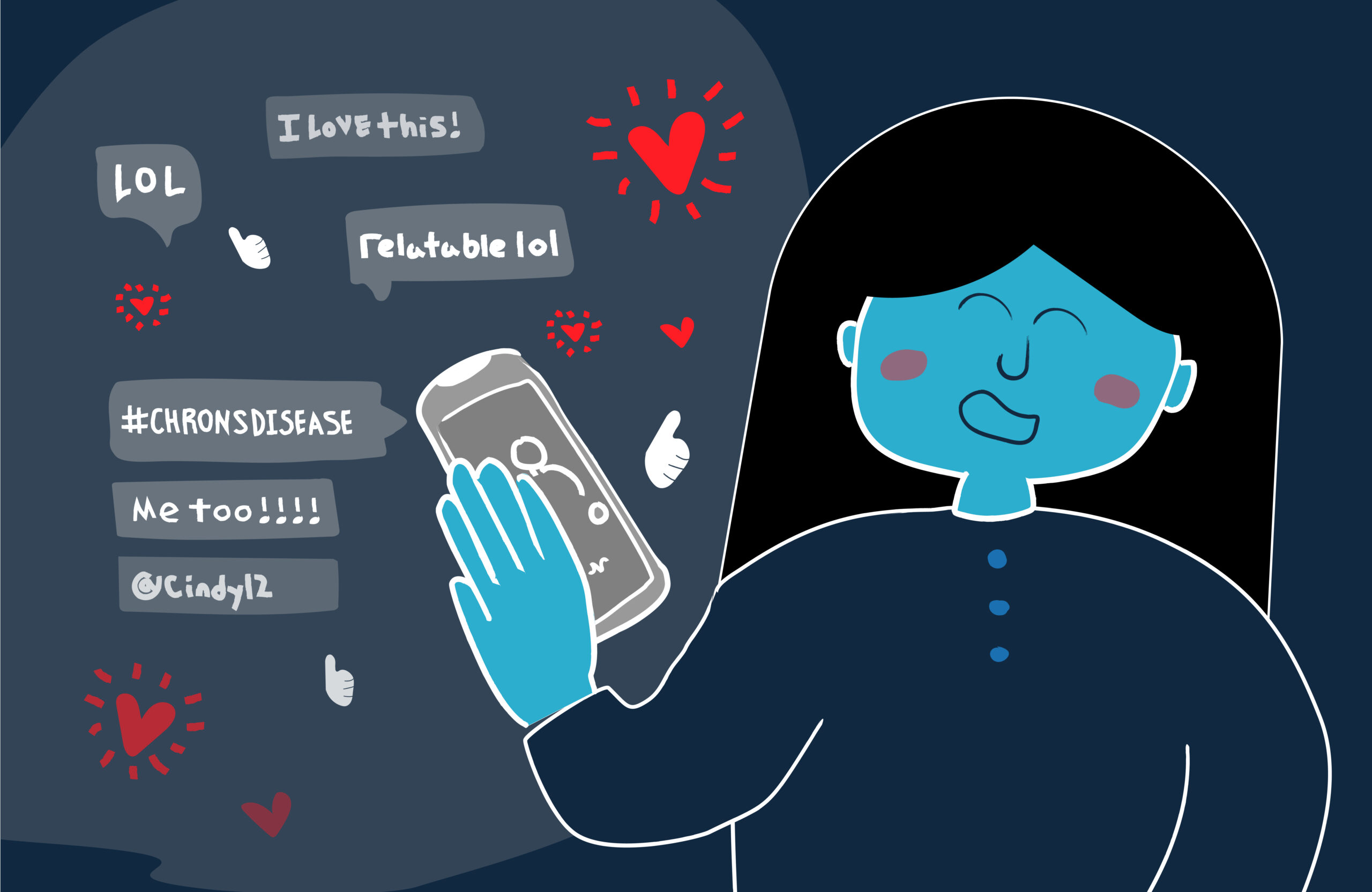That sunset shot of feet overlooking the beach, the stunning “woke up like this” selfie. Instagram’s photo aesthetic — that of curated glamour featuring people living their best life — doesn’t make the millions of socially-connected folks living with chronic health issues feel great. Sure, there are highs with the lows in life while managing illness, but these images of effortless perfection are downright alienating to people like me.
One positive outcome of the pandemic’s long tail: content on social media has turned decidedly unvarnished, with more disclosures of struggle, shared without filters. Gen-Xers dubbed the tone “snark” — content at the intersection of sarcasm, self-deprecation, humor, and warts-and-all honesty.
As a two-decade veteran of health marketing and communications, I believe the shift to snark on creator-focused platforms like TikTok portends more openness and candor for an overlooked population that has battled the stigma, shame and silence associated with illness.
Living with ulcerative colitis, I turn to social media to find perspectives on what works for others in terms of diet, treatment, stress, and anxiety management, along with other sensitive issues that accompany such a disruptive illness. And often you just want to laugh to keep from crying, like with so many “below the belt” conditions. My observation from searching through hundreds of TikTok videos on inflammatory bowel disease (IBD) is that they are not dry, talking head videos. Videos tagging #chronsdisease and #colitis, viewed over 9 million times on Tik Tok alone, are often entertaining, biting, laugh-out-loud clips from patients (and some physicians) replete with sketch comedy, musical numbers, and dance routines — presented with the kind of snark that lets the viewer know it’s funny-not-funny.
To be clear, this content typically addresses stigma, personal experiences, and awareness building, but there’s an opportunity to be in on the joke to educate people about treatment and disease management as well. I’m in no way advocating that brands make fun of patients, but I believe they need to connect with patients in ways that feel organic to the platforms where engagement is taking place. That requires matching the tone of content audiences now seek. Goodbye to pushing out 60-second TV commercials on social channels and expecting them to catch fire.
However, with great snark comes great responsibility…
- People. Identify and partner with influencers for content co-creation to bring authenticity to sponsored posts. Yes, influencers can be a tricky proposition for pharma, but careful vetting can net you a content partner who has demonstrated success in reaching your patients.
- Platform. TikTok takes the crown in the kingdom of snark when it comes to short-form videos, but Instagram and YouTube are still very effective social video platforms – and similar content can be adapted across channels to ensure broader reach.
- Positioning. Lean into the problem. One of the reasons that IBD-themed content works on TikTok is because even people who aren’t living with this disease can imagine how difficult it would be if something wasn’t going right down there. You have to establish this tension before you’re able to present options to address the challenges.
The spirit of snark is to not take yourself or others too seriously. Everyone faces health concerns, everyone needs advice, we all deserve to live free from judgment about our health issues — so let’s all talk about it! Have you seen any top-shelf snark in the healthcare space that others should check out? Let us know on Twitter or LinkedIn.


